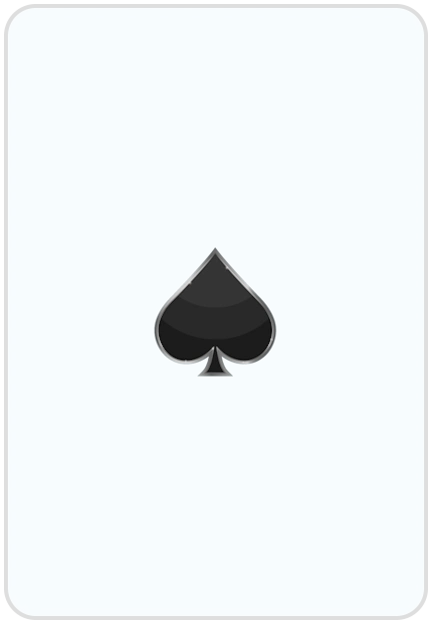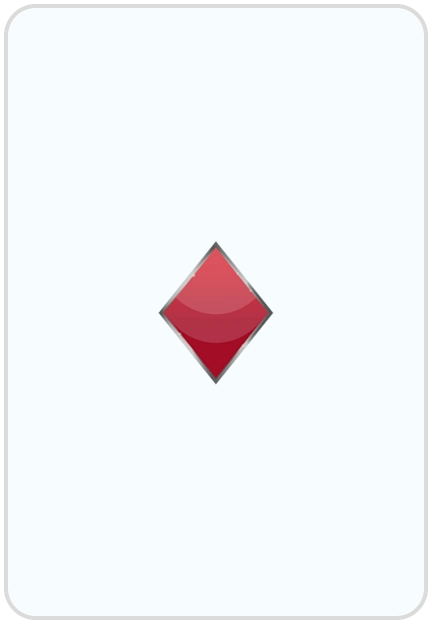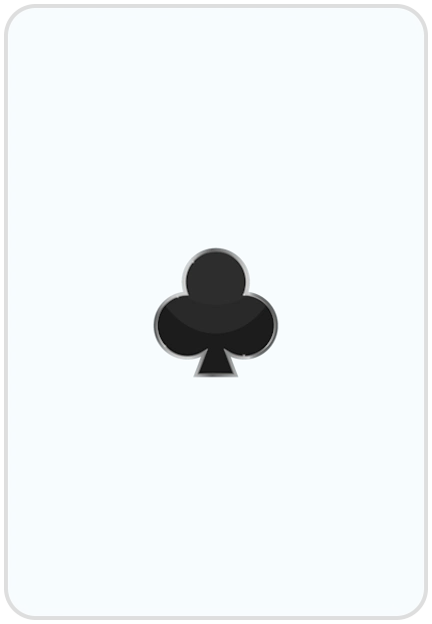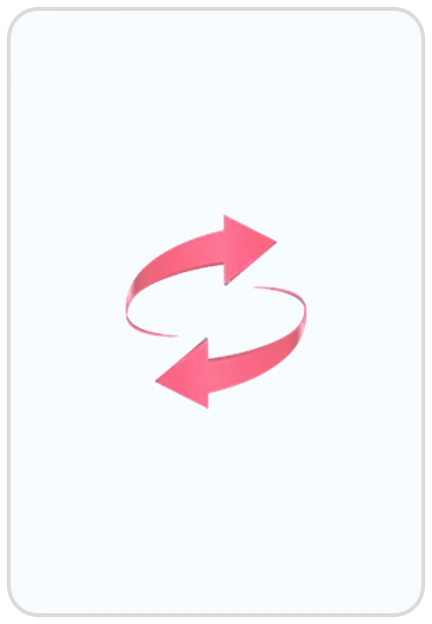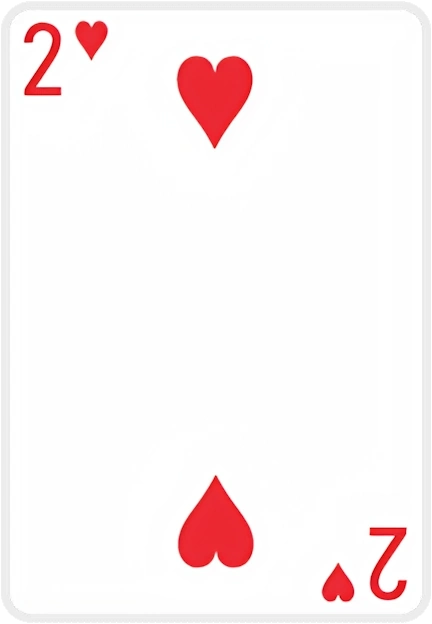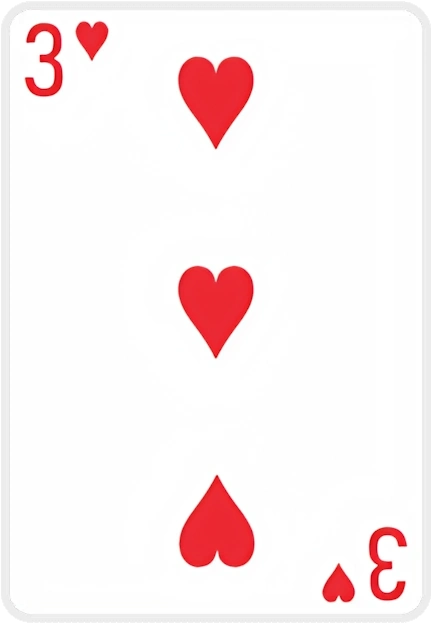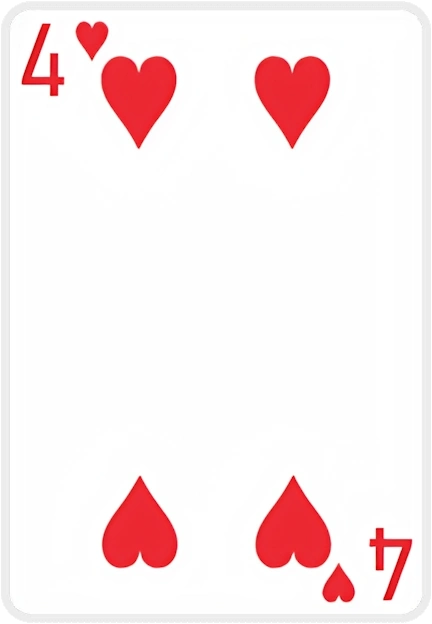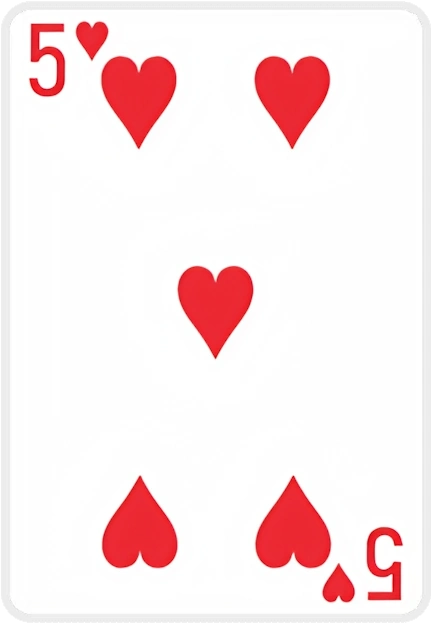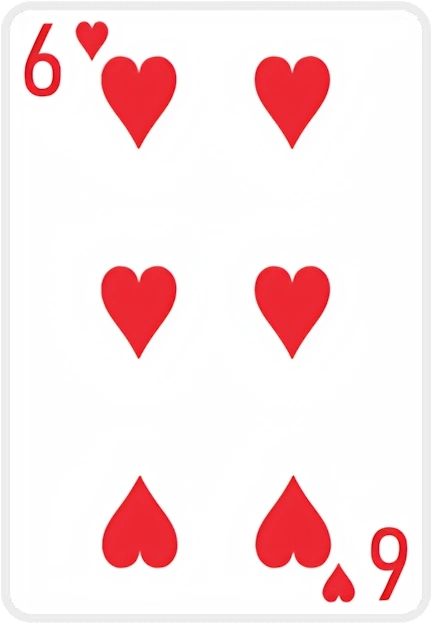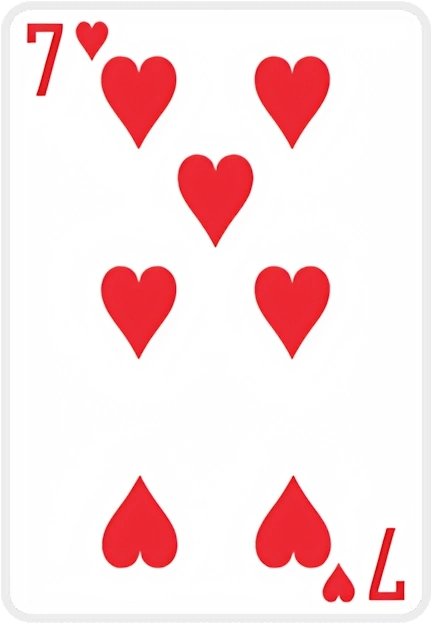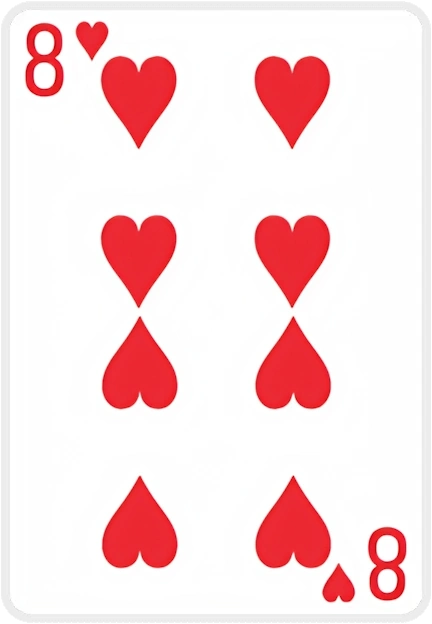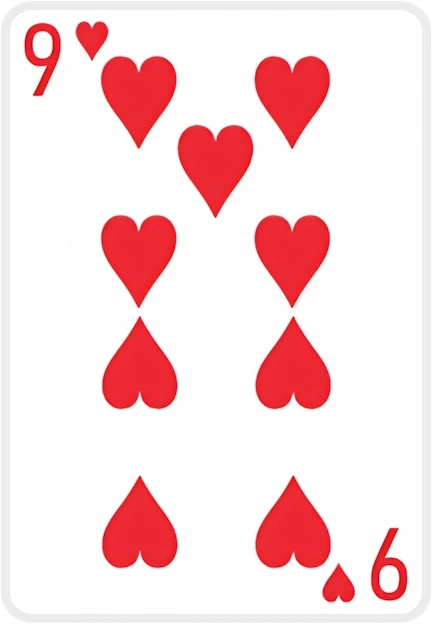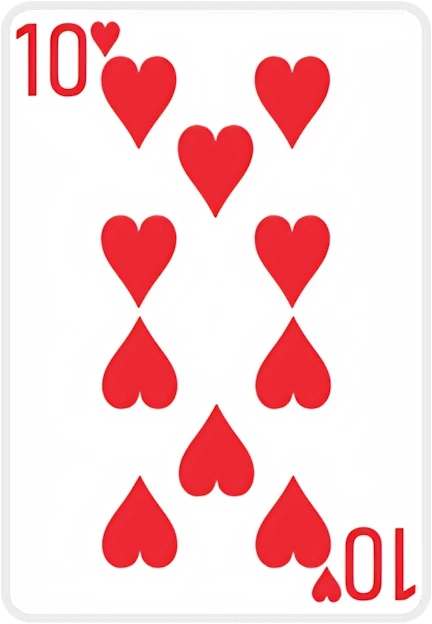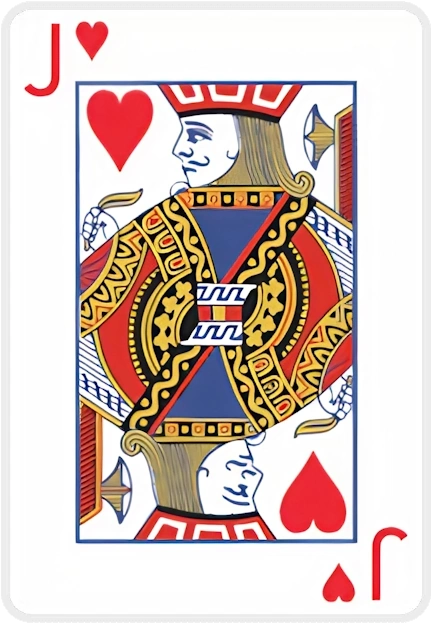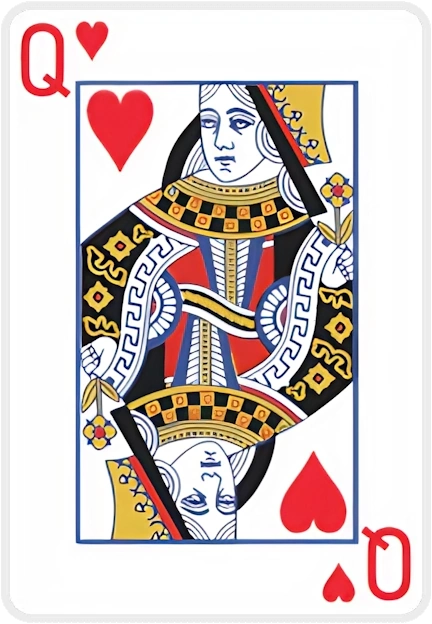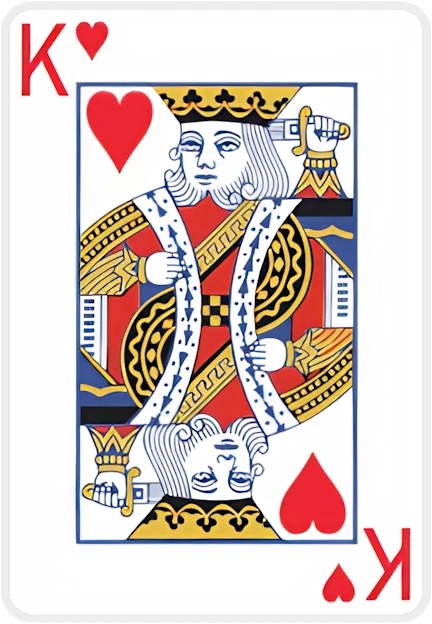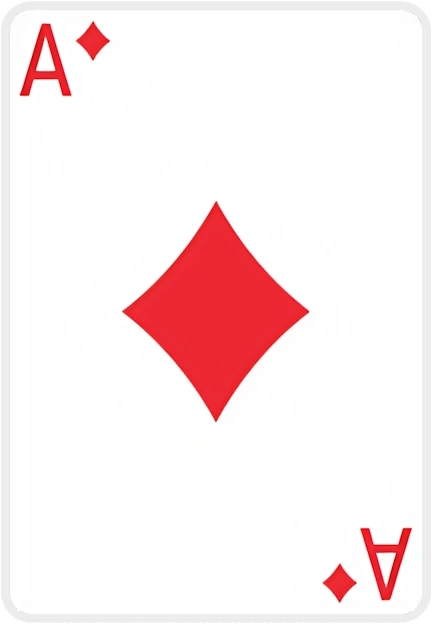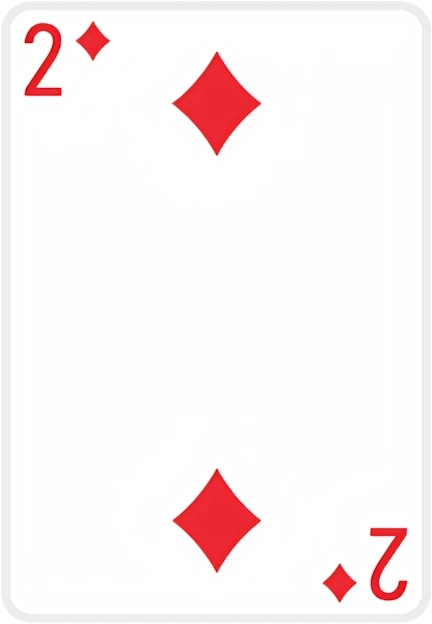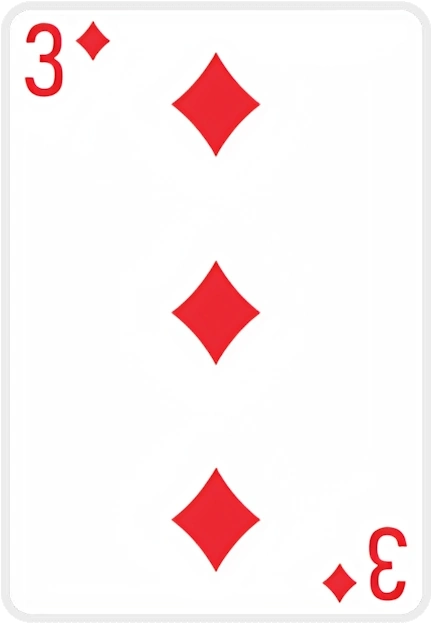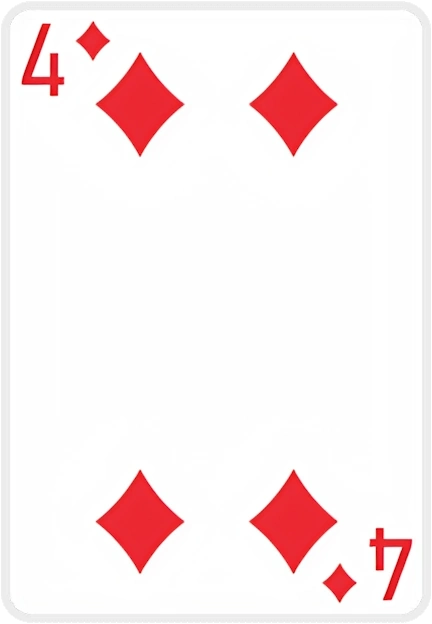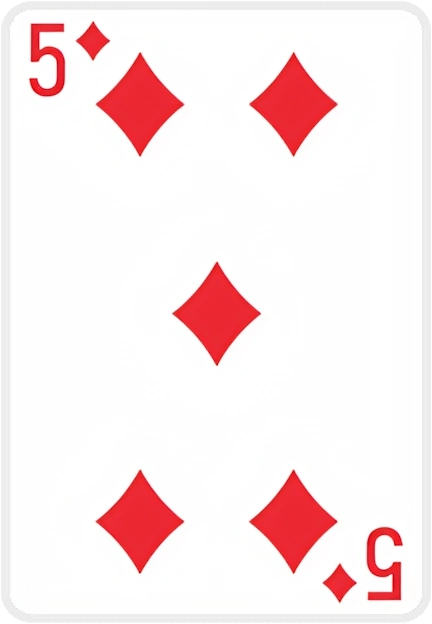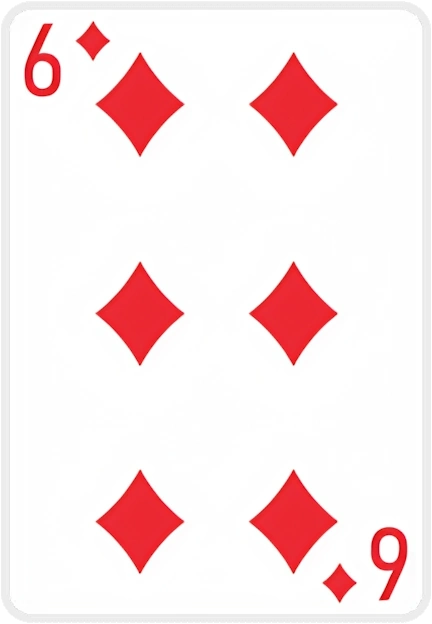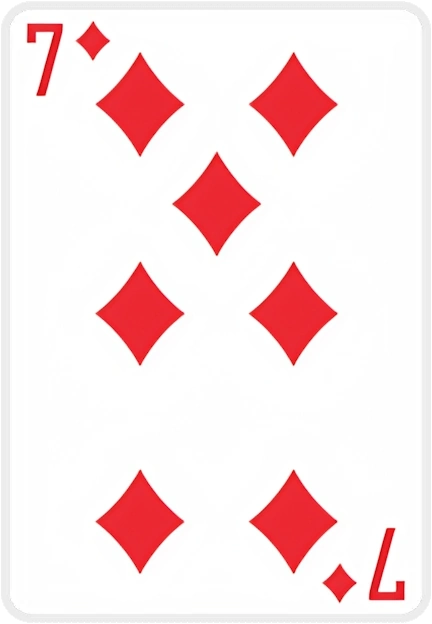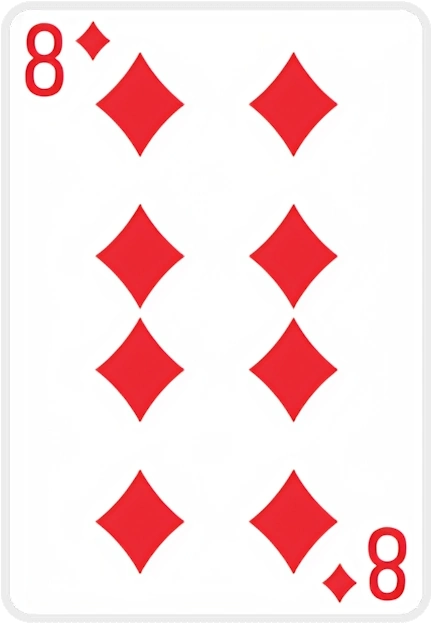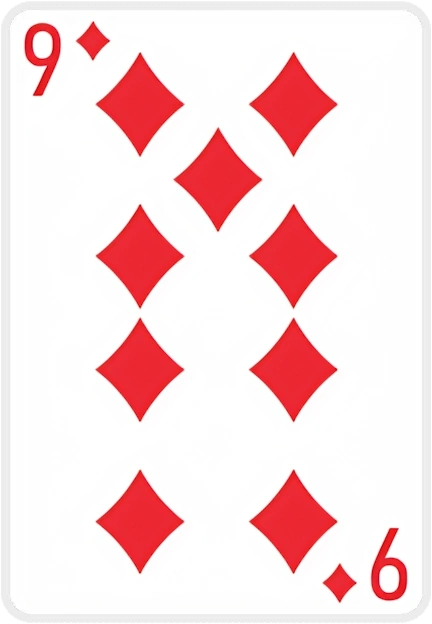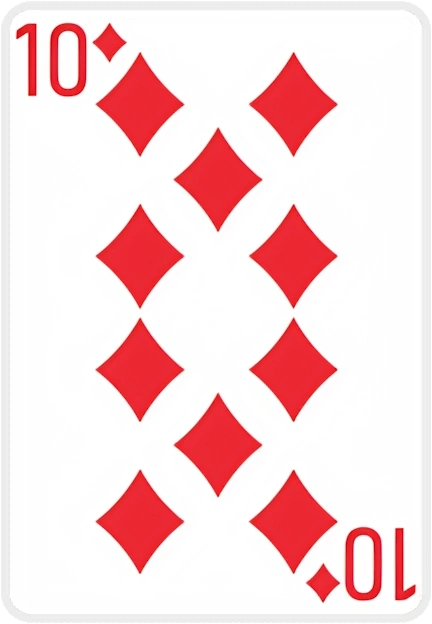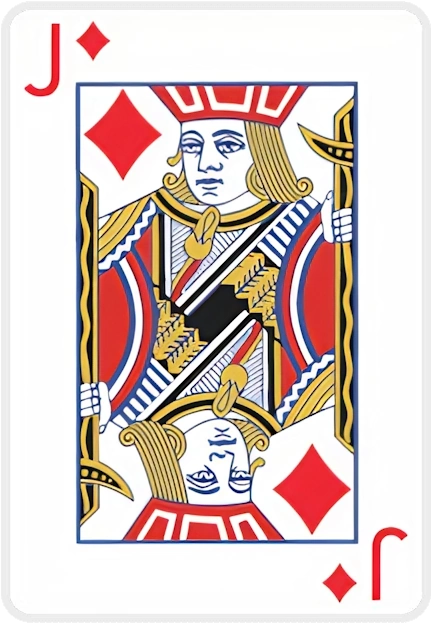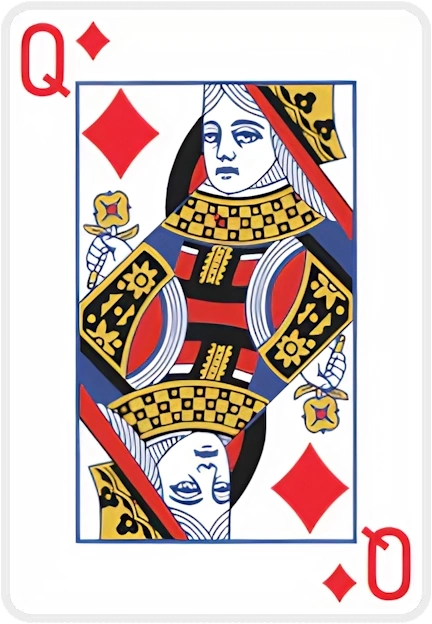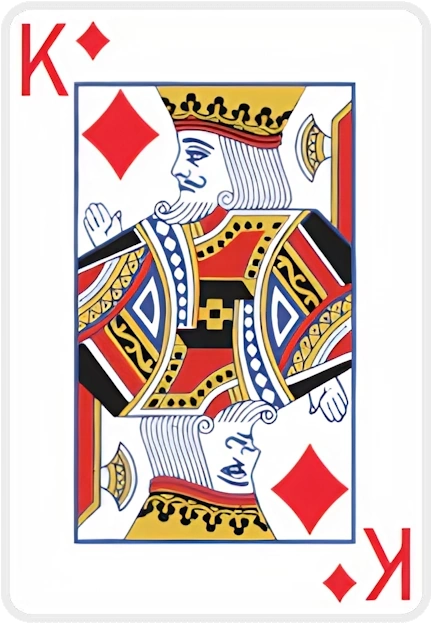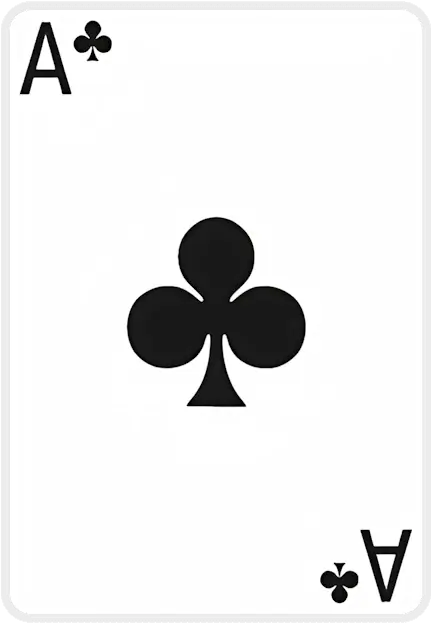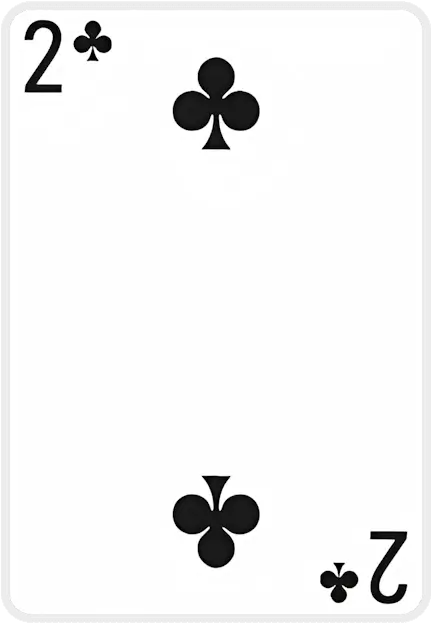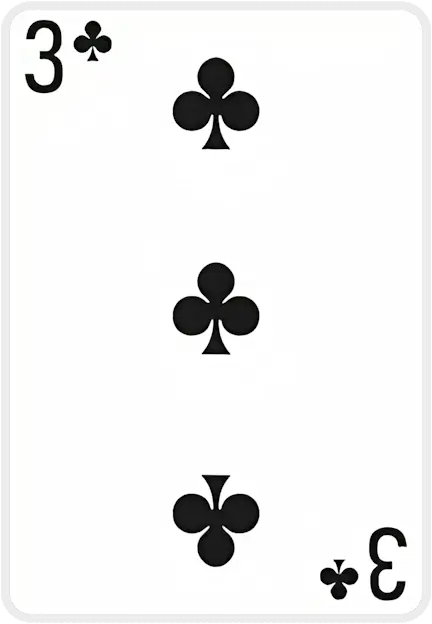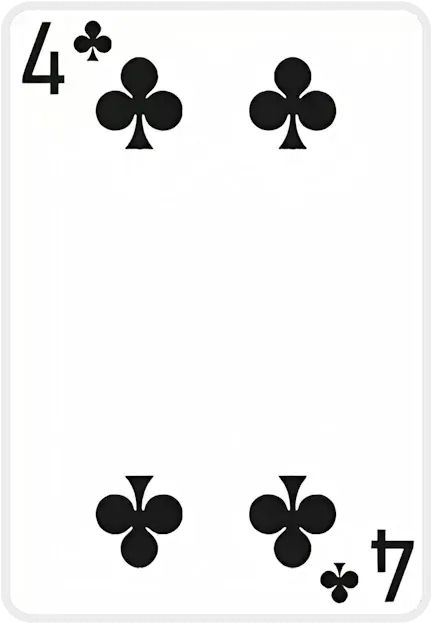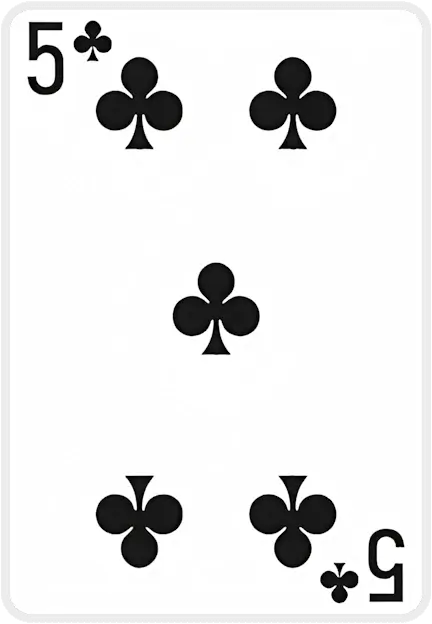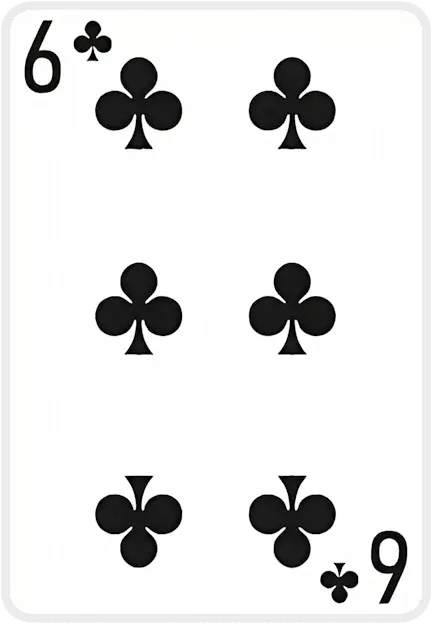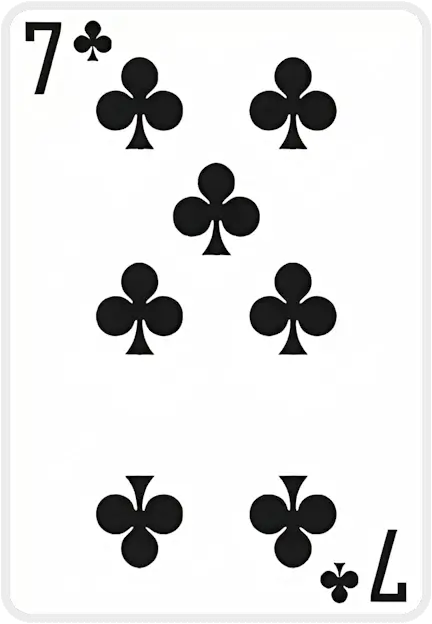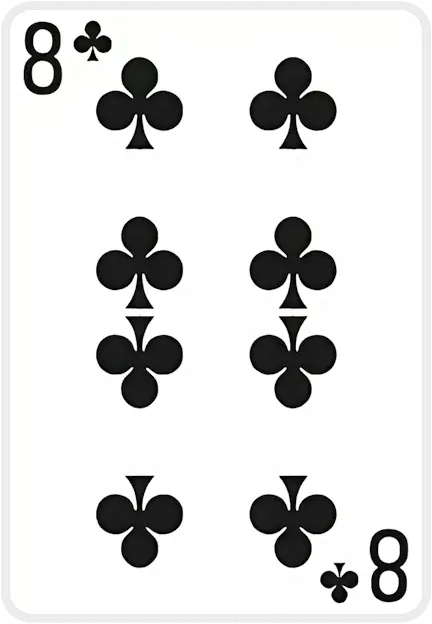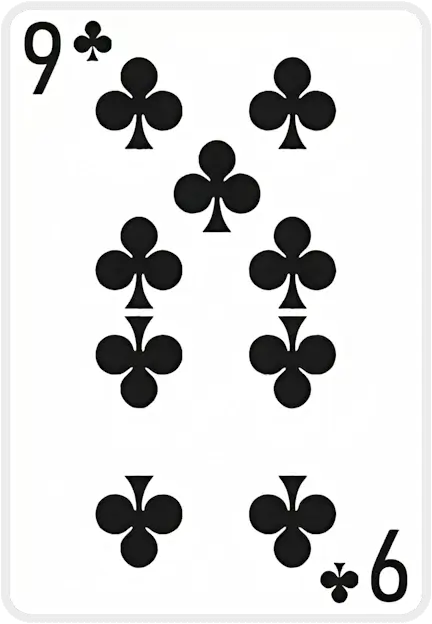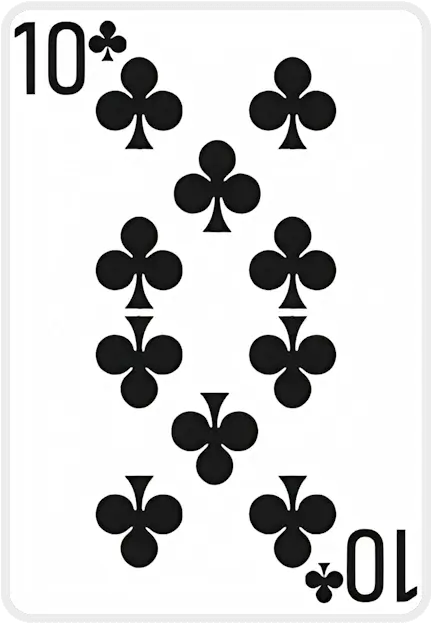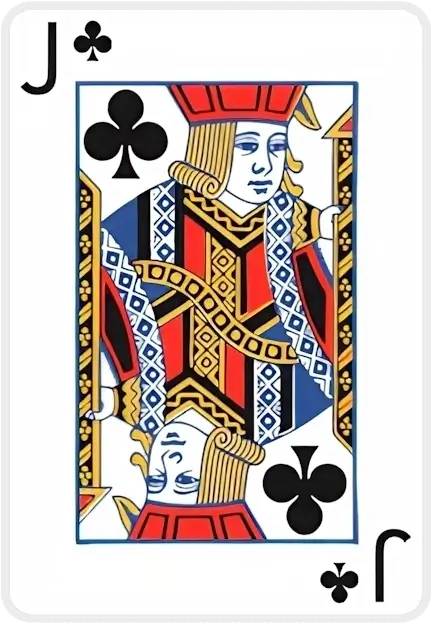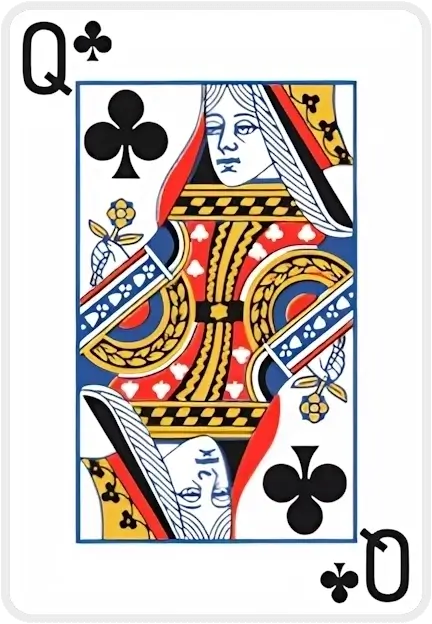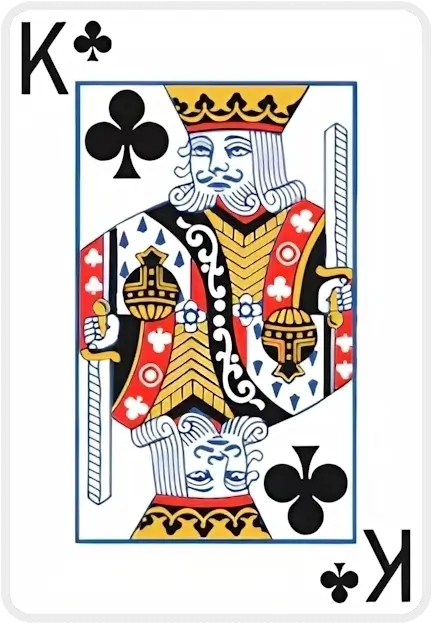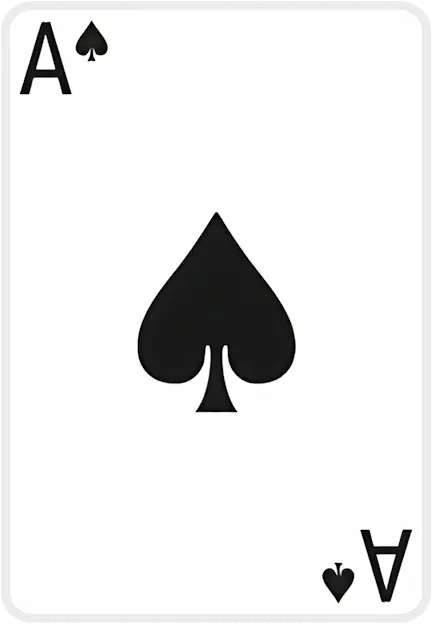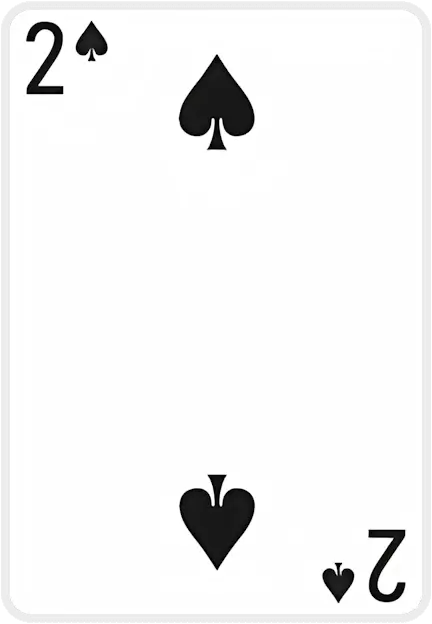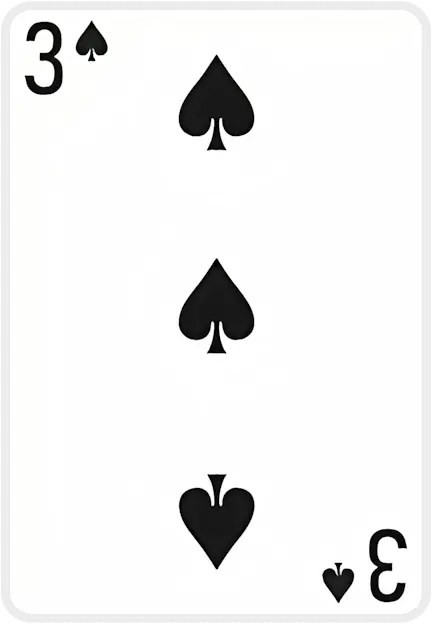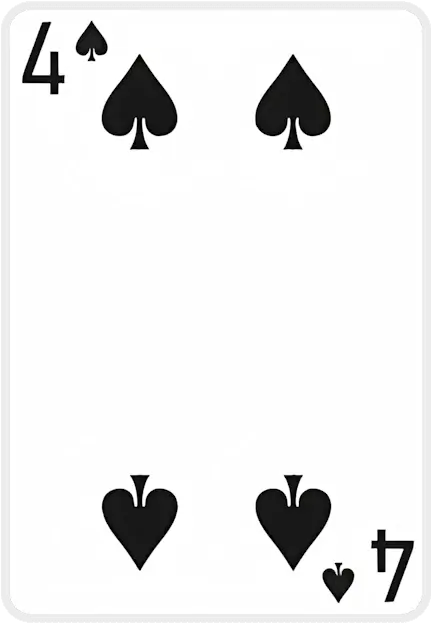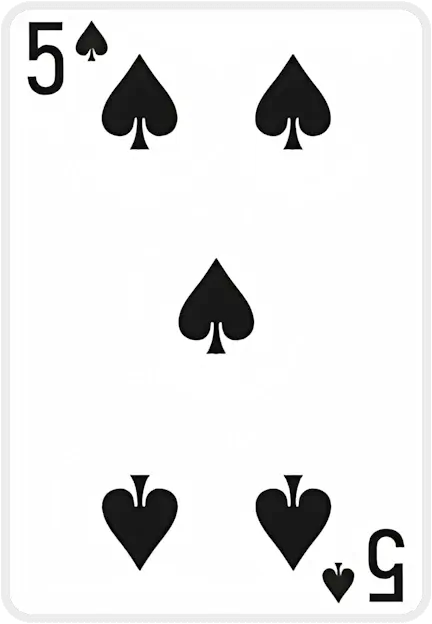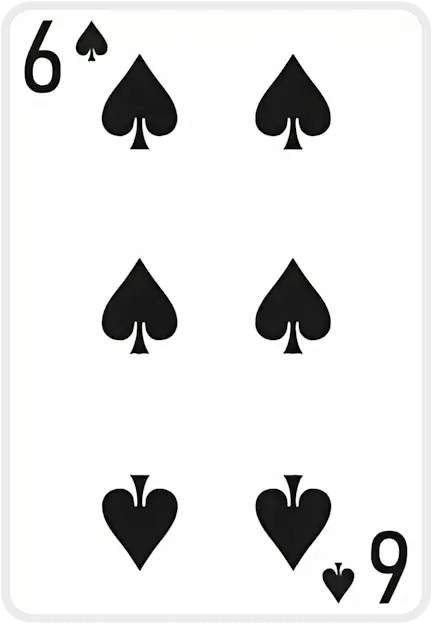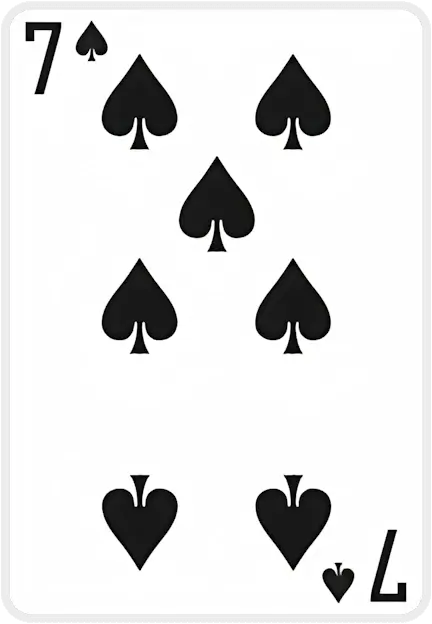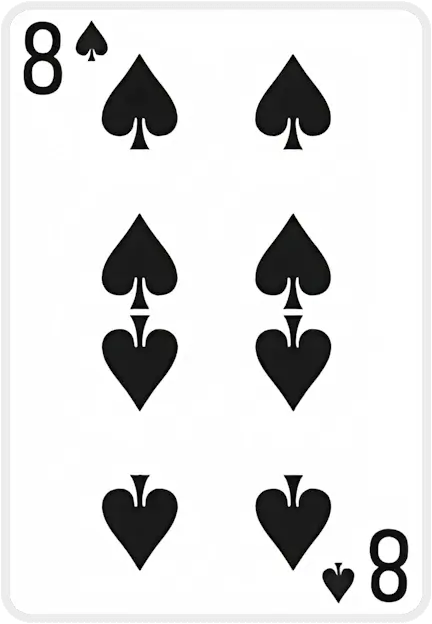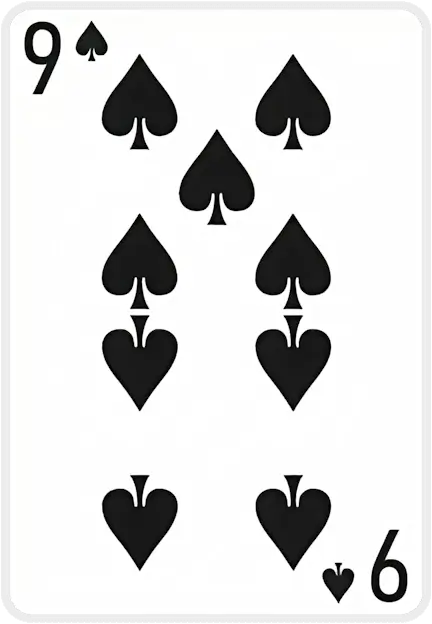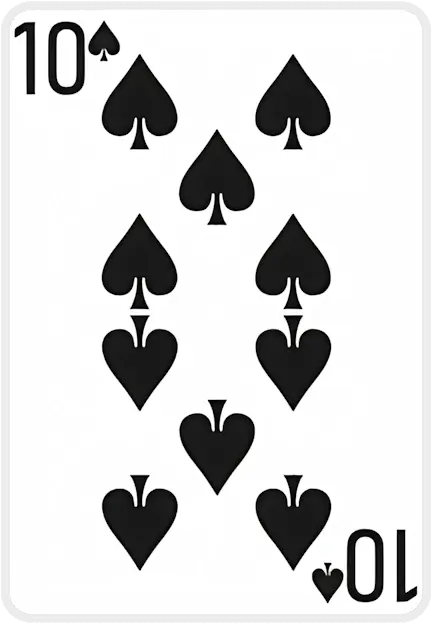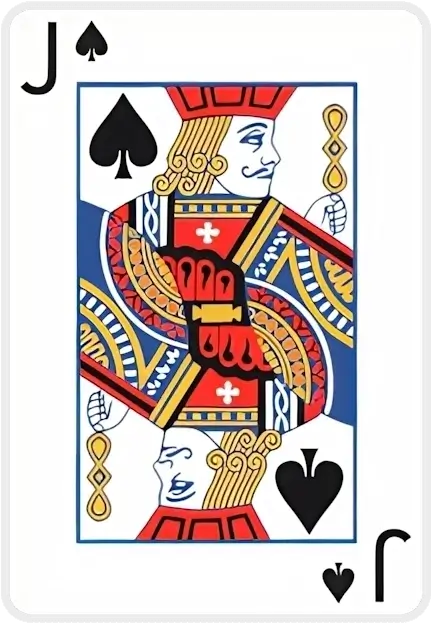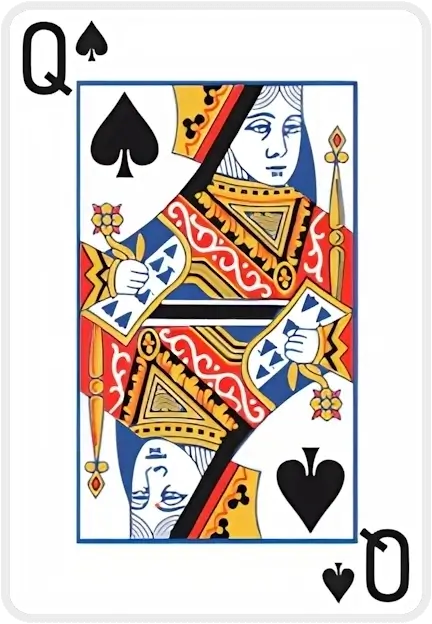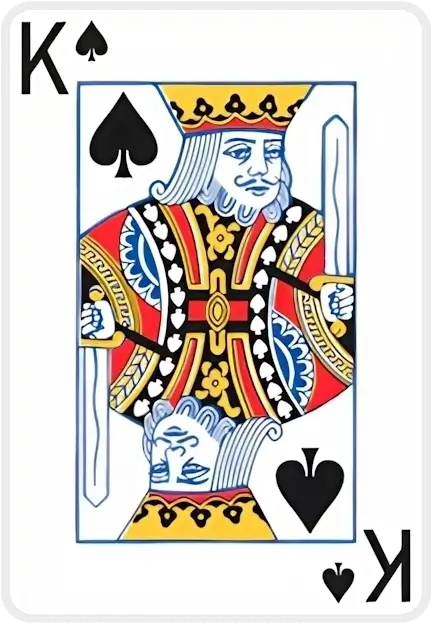No se puede soltar, tu carta debe ser de un color de palo opuesto
Cannot drop, your card needs to be one rank lower
Cannot move multiple cards to foundation
Card suit doesn't match foundation pile suit
Card can only be dropped on top of a card pile
Cannot deal cards when there are empty tableau piles
You can only move {0} card(s) at a time based on the current free cells and tableau
The cards don't add up to 13 and cannot be moved
The card is inaccessible and move cannot be performed
Cards must be in sequential order (one higher or lower)
Double FreeCell

Double FreeCell Solitaire – Play FreeCell Card Games Online
Page Introduction 😊♣️♥️
Welcome to Double FreeCell Solitaire – a fun and challenging twist on the classic FreeCell card game! 🎉 This friendly card game uses two decks of cards instead of one, offering double the cards and double the fun for seniors and card enthusiasts alike. The rules are similar to regular FreeCell, but with a few exciting differences that make the game even more engaging. Best of all, you can play Double FreeCell online for free directly on the SolitaireX.io Double FreeCell page – no downloads or sign-ups needed. So grab a comfy seat, shuffle those cards, and get ready to enjoy a delightful solitaire experience! 😃
How to Play Double FreeCell (In-Depth)
Double FreeCell Solitaire is played with 104 cards (two standard decks) and follows many of the same rules as traditional FreeCell, with some adjustments for the extra cards. Here’s a step-by-step guide to help you learn the setup, rules, and some winning strategies:
-
Setup the Cards: The game begins by dealing 10 tableau columns with 10 cards in each column (all cards are face-up, so you can see every card from the start). There are 4 foundation piles at the top (one for each suit), each starting with an Ace already placed to get you going. You also have 6 free cells (empty slots) available above the tableau, which you can use to temporarily store cards. This setup is larger than standard FreeCell (which uses 8 columns, 4 cells, and one deck), so it offers a bigger playing field for strategy.
-
Goal of the Game: Your objective is to move all 104 cards to the four foundation piles by suit, building each foundation up in ascending order. In Double FreeCell, each foundation must be completed twice – that is, you’ll stack Ace through King of a suit, and then continue again from Ace through King of that same suit on the same foundation pile. Ultimately, each foundation pile will contain 26 cards (two of each rank, Ace through King, in order). You win the game when all cards have been moved off the tableau and into the foundation piles.
-
Building the Foundations: Each foundation starts with an Ace (one Ace of each suit is dealt there at the start of the game). From there, you can add the 2 of the same suit, then the 3, and so on up to King. After you place a King, Double FreeCell allows you to “wrap around” – meaning you can place the next Ace of that suit on top of the King to begin the sequence again. For example, if you’ve built a foundation up to the King of Hearts, you can then place the second Ace of Hearts and continue. Remember, once a card is placed on a foundation, it stays there – you cannot remove cards from foundation piles. To win, you will need to complete each suit’s sequence twice from Ace to King.
-
Moving Cards on the Tableau: The tableau (the 10 columns of face-up cards) is where you will maneuver cards to uncover the ones you need. You can move cards between tableau columns as long as you follow the sequence rule: you may place a card onto another column only if it is one rank lower than the card you’re placing it on, and of the opposite color (e.g. you can move a black 7 onto a red 8). Just like classic FreeCell, you generally move one card at a time. However, you can move a sequence of cards in one go if you have enough free cells or empty columns available to temporarily hold the cards (this is often called a “supermove” – the computer will handle moving multiple cards if the move is legally possible). If a tableau column becomes empty, you can move any card or sequence into that space (there’s no restriction to Kings only – any card may fill an empty column). Your aim in the tableau is to free up low cards (especially Aces and 2s) and create ordered sequences that help you eventually send cards to the foundations.
-
Using the Free Cells Wisely: In Double FreeCell you get 6 free cells (those are the “free” spots where you can park a single card each). You can move any one free card (usually the top card of a tableau column) into a free cell to get it out of the way. Later, you can move that card from the cell either back to a tableau column or to a foundation pile if it fits there. Free cells are extremely helpful for sorting and re-arranging cards, but you have a limited number of them, so use them strategically. It’s often wise to keep some free cells empty to maximize your maneuverability – the more empty cells and open columns you have, the more cards you can move around at once.
-
Winning the Game: Keep moving cards around following the rules (alternating colors in descending order on the tableau, using free cells for temporary storage, and building up foundation piles in suit). Gradually, you will free up Aces, then 2s, 3s, and so on, moving them to the foundations. The game is won when all cards are on the foundation piles, which means you’ve successfully built all four suits from Ace to King twice. Double FreeCell can be challenging and may require careful planning – but don’t worry, most deals are solvable with good strategy (in fact, it’s estimated that around 90% of Double FreeCell games can be won, similar to the high solvability of classic FreeCell). Take your time and enjoy the process – the joy of victory after organizing all 104 cards is well worth the effort! 🎊
Strategy Tips for Double FreeCell
Even though Double FreeCell gives you a few advantages (like 6 free cells instead of 4, and an Ace of each suit already in place), the double deck means you have a lot more cards to manage. Here are some friendly strategy tips to help you win this game of skill and patience:
-
Free the Twos Early: Since each foundation starts with an Ace, the next card you’ll need for each suit is the 2. Locate all the 2s in the tableau and try to free them up as soon as possible. Getting the 2s onto the foundations early lets you start building up suits right away and clears space in the tableau.
-
Mind the Duplicate Cards: Remember that in Double FreeCell there are two of every rank (except the Aces which started on foundations). This means if one key card (say, the Queen of Spades) is buried under a lot of cards, the other Queen of Spades might be more accessible. Before you spend too many moves trying to uncover a specific card, check where its duplicate is located – it might be easier to get to. Using the second copy of a card can sometimes save you from a difficult situation.
-
Use Free Cells Sparingly: With 104 cards, it’s easy to fill up those six free cells if you move too many cards into them without a plan. Try to save your free cells for when you really need them. A good rule of thumb is to keep at least one or two free cells open as much as possible. This way, you maintain flexibility to move cards around. If you clog all the free cells, you might get stuck with no available moves – so only park cards in free cells when it helps unlock something or when you plan to move them to a foundation soon.
By following these rules and tips, you’ll gradually develop the skill and strategy to master Double FreeCell. Don’t be afraid to use the “Undo” button if you’re playing online – sometimes backing up a few moves and trying a different approach can help solve a tricky deal. Practice makes perfect, and part of the fun is finding clever ways to maneuver cards. Enjoy the challenge, and happy card-stacking! 🏆
History of Double FreeCell
The story of Double FreeCell begins with the history of FreeCell Solitaire itself, which is a beloved solitaire card game that has been around for decades. FreeCell’s roots go back to an older game called Baker’s Game, which was described by mathematician Martin Gardner in 1968 (attributed to a player named C. L. Baker who learned it in the 1920s). Baker’s Game had a similar layout to FreeCell but built sequences by suit instead of alternating colors.
In 1978, a medical student and programmer named Paul Alfille created the game we now know as FreeCell by modifying Baker’s Game – he introduced the rule of alternating red and black cards in descending order, which made the game more interesting and solvable. Alfille’s FreeCell was first implemented on the PLATO computer system, and it became a hit among those who tried it. However, FreeCell truly became a household name years later when Microsoft included FreeCell as a built-in game with every release of Windows starting in 1995. Millions of people (including many seniors and new computer users) were introduced to FreeCell through Windows, and its popularity skyrocketed in the 1990s. Players loved that nearly every deal of FreeCell is winnable with the right strategy – it’s a game of skill that challenged the mind and provided endless entertainment.
As FreeCell grew in popularity, enthusiasts and game developers began creating new variations of FreeCell to keep things fresh and exciting. One such variant is Double FreeCell, which uses two decks for a more complex challenge. Double FreeCell emerged as part of the wave of solitaire innovations in the late 20th century. In fact, this two-deck version was introduced by solitaire game designers looking to give FreeCell fans “more of a good thing.” Notably, Thomas Warfield, a well-known designer of solitaire games, created his own two-deck FreeCell variation and dubbed it “Double FreeCell”. Warfield included Double FreeCell in his popular solitaire software collections, and it quickly became a favorite variant for experienced players. By using two full decks and a few rule tweaks (like having only four foundation piles instead of eight), Double FreeCell added a new level of difficulty and fun to the FreeCell family.
Over time, Double FreeCell (and similar two-deck versions) gained a following among solitaire enthusiasts. It maintained FreeCell’s core appeal – open information (all cards face-up) and high solvability – but required even more foresight and planning to win. Today, Double FreeCell is enjoyed on many websites (like SolitaireX.io) and in solitaire apps, keeping the legacy of FreeCell evolving. The history of this game is a great example of how classic card games continue to adapt and thrive, offering new challenges for each generation of players.
Who Created the Game?
FreeCell Solitaire in its modern form was invented by Paul Alfille. Alfille was a graduate student in the 1970s when he developed FreeCell on the University of Illinois’s PLATO computer system. He took the concept of Baker’s Game and added the twist of alternating card colors, which made the game more interesting and solvable. The first version of FreeCell that Alfille programmed in 1978 allowed various settings (different numbers of columns and free cells), and it kept track of high scores and winning streaks among players. Paul Alfille’s creation laid the groundwork for all FreeCell variations that followed. (Fun fact: in classic FreeCell, only a very tiny percentage of deals are unsolvable – this aspect of the game, where skill can overcome almost any deal, is part of the enduring charm that Alfille baked into the design.)
When it comes to Double FreeCell, the credit for creating this specific variant goes to Thomas Warfield, a prominent solitaire game developer. Thomas Warfield is known for designing and popularizing many new solitaire variations through his software (he’s the author of the “Pretty Good Solitaire” game collection). Double FreeCell is Warfield’s two-deck adaptation of FreeCell. He invented this version to offer FreeCell fans a tougher challenge – essentially “FreeCell with double the cards.” Warfield’s variant kept the spirit of FreeCell but made players deal with 104 cards and extended foundations. Interestingly, Warfield chose to use only four foundation piles (one per suit) in Double FreeCell, which means each foundation pile must hold two sequences of Ace-to-King. This design choice is one of the key differences between Double FreeCell and other two-deck solitaires (some other double-deck games might have eight foundation piles, but Warfield’s version does it with four, making the endgame a bit trickier since you have to wait to play the second Ace of each suit until the first King is down). By creating Double FreeCell and including it in his solitaire collections, Thomas Warfield helped spread this variant to a wide audience. Many solitaire enthusiasts discovered Double FreeCell through his games and came to love its blend of familiar FreeCell strategy with an extra layer of complexity.
In summary, Paul Alfille is the original creator of FreeCell Solitaire, and Thomas Warfield is the inventor who adapted that concept into Double FreeCell. Thanks to their creativity, we have both the classic FreeCell and this enjoyable double-deck version to play today. It’s a wonderful example of how card game designs evolve – one person lays the foundation, and another builds on it to create something new.
Discover More FreeCell Games
If you’re a fan of FreeCell and Double FreeCell, you’ll be happy to know there are many other FreeCell-style games and variations to explore. FreeCell itself has inspired a whole family of solitaire games often called “FreeCell type” games. For example, Baker’s Game and Eight Off are two classic variants that predate FreeCell, and Seahaven Towers is another popular game that tweaks FreeCell’s rules (it uses 10 tableau columns and a different free cell setup). There are also modern inventions like FreeCell Duplex (another two-deck spin on FreeCell), Triple FreeCell (using three decks!), and other creative twists that change the number of free cells or add unique rules. Each variant offers a slightly different challenge while keeping the same basic gameplay that FreeCell lovers enjoy – building sequences, using free cells, and aiming to move all cards to the foundations.
Want to try more FreeCell card games? 🎴 You can discover and play more FreeCell Solitaire variations on SolitaireX. Check out SolitaireX’s FreeCell collection to find a variety of FreeCell games all in one place. Whether you stick with the classic FreeCell, take on Double FreeCell, or venture into other variants, you’ll find plenty of ways to enjoy this wonderful family of solitaire card games. Each game is free to play online, so you can test your skills and find your favorite version without any hassle.
Enjoy exploring more FreeCell games, and happy solitairing! ♠️♥️♣️♦️
Sources: FreeCell and Double FreeCell rules and history, historical background of FreeCell, and strategy tips adapted from solitaire experts.
Case Studies
All figures below come directly from our database. Using first-party data ensures every insight is evidence-based, up-to-date, and privacy-respectful.
| Game Tier | Stand-out Titles | Win Rate |
|---|---|---|
| Quick Wins | Spider (1 Suit), Hole-in-One, TriPeaks | 70–84% |
| Fair Challenges | Solitaire (Draw 1) – 913 k plays FreeCell, Golf |
45–63% |
| Expert-Level | Spider (4 Suits), Forty Thieves, Double Scorpion | ≤11% |
Curious which moves turn the odds in your favor? Explore all the data & strategies →
What people say about us
Interview with Beverley Walker-Daury
At 87, Beverley Walker-Daury shares how SolitaireX brings joy, companionship, and purpose to her days in a retirement home.
Player Interview: Poul Andersen
Poul Andersen shares how playing SolitaireX helps him keep his brain sharp and active.
Player Interview: Peter Gross
Peter Gross, 81, shares how SolitaireX became his go-to place for relaxing Freecell games and friendly competition.
Player Spotlight: St0Sh0’s Record-Breaking Runs on SolitaireX
We sit down with speed-solitaire sensation St0Sh0 to talk record times, favorite variants, and why SolitaireX is his go-to card-game hub.
Fresh from the SolitaireX Blog

Decks & Destinations: The Solitaire Traveler Series Part 5: Berlin — Strategy & Culture Walks
Berlin’s rhythm of reflection and structure pairs perfectly with Solitaire’s calm logic. This guide invites travelers to explore the city’s culture and canals with a few mindful moves between each stop.

Decks & Destinations: The Solitaire Traveler Series Part 4: Tokyo – Mindful Play in a Fast City
Tokyo’s fast pace hides countless moments of calm — perfect for a mindful round of Solitaire. This traveler’s guide pairs iconic spots with short, focused play sessions to restore clarity on the go.

Decks & Destinations: The Solitaire Traveler Series Part 3: Seattle — The PC-Era Vibe
Seattle’s rain-washed calm pairs perfectly with Solitaire’s quiet focus. This traveler’s guide shows how to blend sightseeing, coffee breaks, and short, finite puzzles into a mindful PC-era rhythm.

Decks & Destinations: The Solitaire Traveler Series Part 2: London – From “Patience” to Presence
London’s slower moments pair perfectly with Solitaire—once known locally as “Patience.” This traveler’s guide blends calm city rhythms with mindful card play to help you recharge between adventures.
Latest guides crafted by Stoyan Shopov and Kalin Nikolov
Golf Solitaire Mastery: Strategy, Stats & Flow
Deal 7 columns of 5 face‑up cards (35 total). The remaining 17 cards*form the stock; flip the first stock card to start the waste. You may move only exposed tableau cards, and only if the rank is exactly one higher or lower than the waste top. Suits don’t matter. When no move exists, flip a new waste card. Clear all tableau cards to win.
TriPeaks Solitaire Mastery: Strategy & Analytics
Two peaks are dust; one stubborn ridge remains. Your waste shows a 9. The tableau flashes 10‑J‑10‑9‑8 like a heartbeat. You nudge the 10, feel the cadence lock in, and—without overthinking—trace a neat descent that crumbles the last peak. That tiny spark of *flow* is why TriPeaks hooks serious players: rhythm, restraint, and the rush of a run that arrives exactly on time.
Pyramid Solitaire Mastery: Strategy, Stats & Joy
Picture the pyramid down to its last stubborn tier: a Queen pinned beneath a ridge, a lone Ace on the waste, and a King begging to be burned for tempo. Heartbeat, breath, click—then the whole structure yields in a rush. If you’ve hit that razor‑edge finale, you already know Pyramid’s secret: small decisions, made in the right order, change everything.
FreeCell Solitaire Mastery: Strategy & Analytics Guide
I have a 15 years personal, lived experience—picture a scene built from thousands of session logs and notes from serious players: It’s late, and the board looks jammed. You clear a single column, free one cell, and suddenly a 9♣‑8♦‑7♣‑6♦ chain glides into place, untying the knot you stared at for ten minutes. The rush isn’t luck—it’s the quiet pleasure of a plan snapping into focus. When did FreeCell last feel less like “killing time” and more like practicing a craft you can actually master?
Media About Us
1950060911741131


